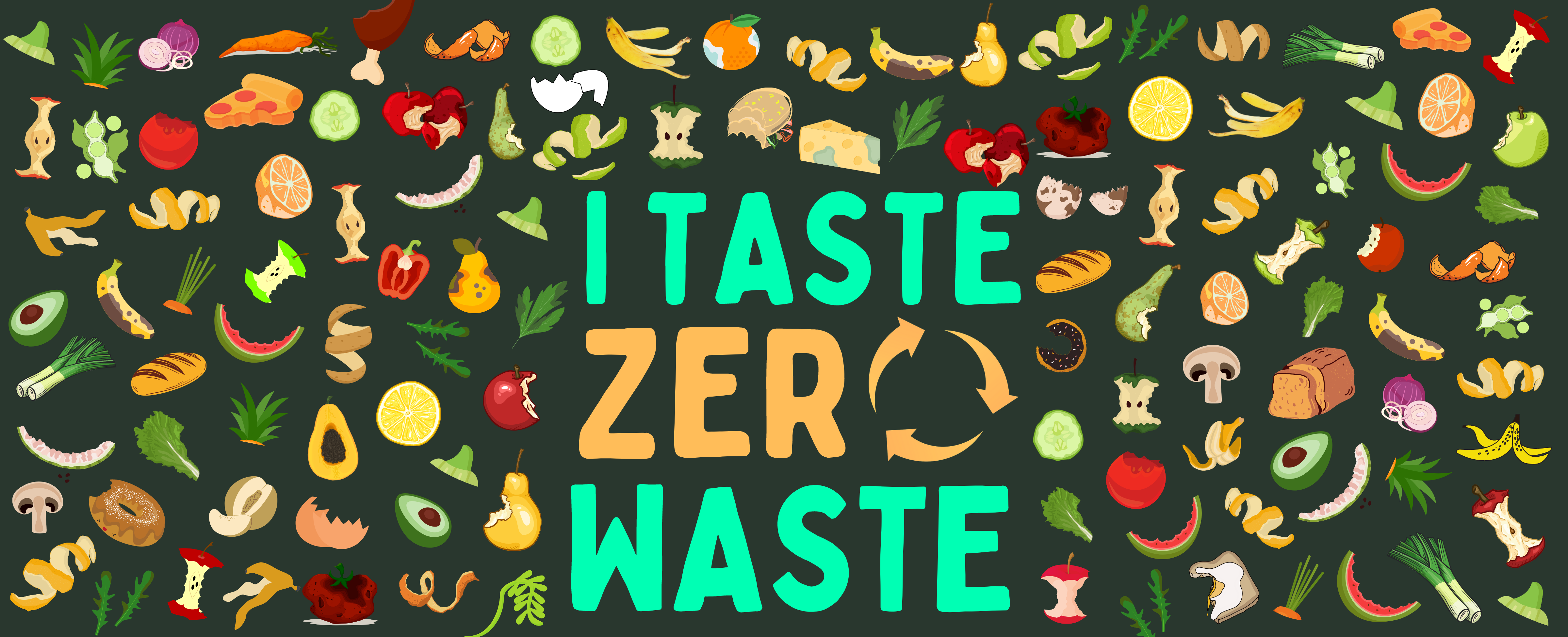Dysart has long supported the composting of food waste with the sale of backyard composters and digesters, and the FoodCycler pilot project.
But before one arrives at composting as the solution for food waste, the question needs to be asked, "why is food being wasted in the first place?"
Dysart's winter 2022 waste composition study found that 35.82% of the garbage was food waste (12.53% leftover food; 5.67% untouched food, 17.62% unavoidable food waste).
The average Canadian household produces approximately 140 kg of food waste annually, equaling roughly $1,000 of food. In Canada, 63% of edible food is thrown away.
Ways to reduce food waste
Meal Plan
- Check your cupboards, fridge, freezer, and pantry before shopping
- Make a menu plan for the days that follow shopping
- Write a list of the food items that need to be purchased
- Stick to your list when shopping
Safely store and preserve food
- Use your fridge
- Store foods in the appropriate places to make them last longer
- Other food storage and preservation options:
- Canning
- Drying (dehydrating)
- Fermenting
- Pickling
- Storing in water
Understand "expiry" labels
- There are only five types of food with true "expiry" dates (infant formula, nutritional supplements, meal replacements, foods sold by pharmacists, and formulated liquid diets)
- Other "expiry" dates, worded as "best before," "best by," "best if used before," "freeze by," and "sell by" are only suggestions
- Use your senses (smell, taste, appearance) to determine if the food is still edible
Use leftovers
- Repurpose leftovers into new recipes or meals
Reports
Contact Us
 Subscribe to this Page
Subscribe to this Page











